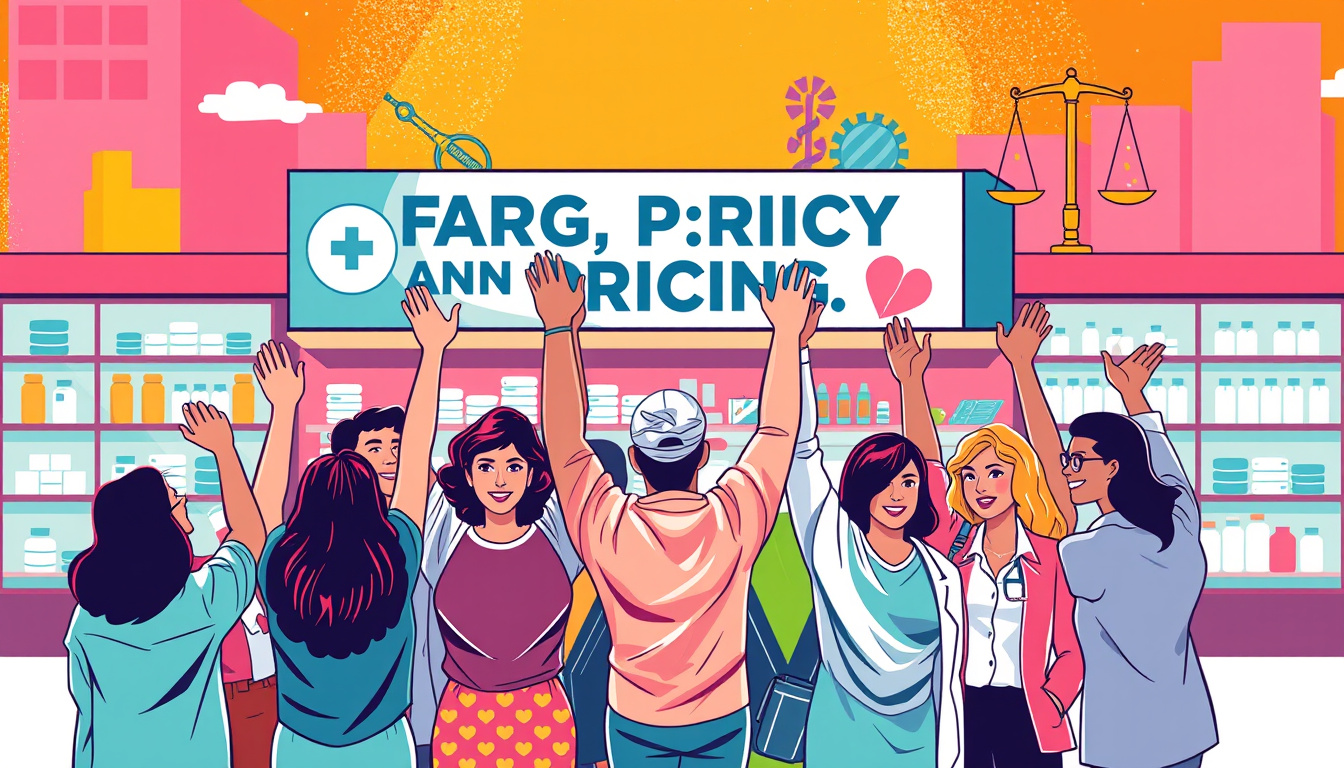In a landscape where healthcare costs continue to skyrocket, the role of Pharmacy Benefit Managers (PBMs) looms large.
These middlemen have been criticized for their influence over prescription drug pricing, often resulting in higher costs for consumers.
Recently, Federal Trade Commission (FTC) Chairman Andrew Ferguson announced his plans to reinvigorate the agency’s investigation into PBMs, a move that signals a significant shift in regulatory focus.
With the previous case temporarily halted due to personnel changes, Ferguson’s push to resume this inquiry could alter the dynamics of the pharmaceutical industry, aiming to enhance drug affordability and accessibility.
This article delves into the function of PBMs, the implications of the FTC’s renewed efforts, and the potential benefits for consumers.

Key Takeaways
- The FTC is reviving its case against pharmacy benefit managers (PBMs) to combat unfair drug pricing practices.
- Chairman Ferguson’s initiative reflects a renewed commitment to addressing drug accessibility and affordability issues.
- The outcome could significantly impact healthcare costs and the regulation of the pharmaceutical industry.
Overview of Pharmacy Benefit Managers and Their Role in Drug Pricing
Pharmacy benefit managers (PBMs) play a crucial role in the pharmaceutical supply chain, acting as intermediaries between insurers, pharmacies, and drug manufacturers.
They negotiate drug prices, manage formularies, and process prescription claims, aiming to lower healthcare costs for consumers.
However, the practices of PBMs have come under increasing scrutiny, with concerns that they contribute to high drug prices rather than mitigate them.
Recently, the Federal Trade Commission (FTC) has reignited focus on PBMs as Chairman Andrew Ferguson announced his intention to revive a previous investigation into these entities.
The case, initially stalled due to staffing changes in the Trump administration, seeks to understand the influence PBMs exert on drug pricing and their overall impact on healthcare costs.
This renewed inquiry reflects a broader regulatory effort to enhance drug accessibility and affordability, addressing issues faced by consumers who struggle with escalating medication prices.
The outcome of this investigation could lead to significant changes in how pharmacy benefit managers operate and how drug pricing dynamics are governed in the United States.
The FTC’s Strategy to Address PBM Practices and Improve Drug Affordability
In light of the FTC’s renewed commitment, the agency aims to shine a spotlight on various practices employed by PBMs that may hinder competition and inflate drug prices.
Among the key concerns are the opaque rebate structures that often benefit PBMs and manufacturers at the expense of consumers.
Moreover, recent data suggests that PBMs may prioritize their financial incentives over patient needs, potentially leading to higher out-of-pocket costs for medications.
By addressing these issues, the FTC hopes to create a more transparent environment where drug pricing is equitable and consumers have better access to essential medications.
This initiative represents a critical step forward in ensuring that the interests of patients are placed at the forefront of the pharmaceutical supply chain.















